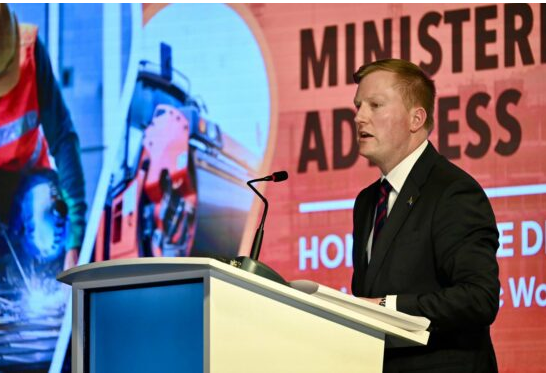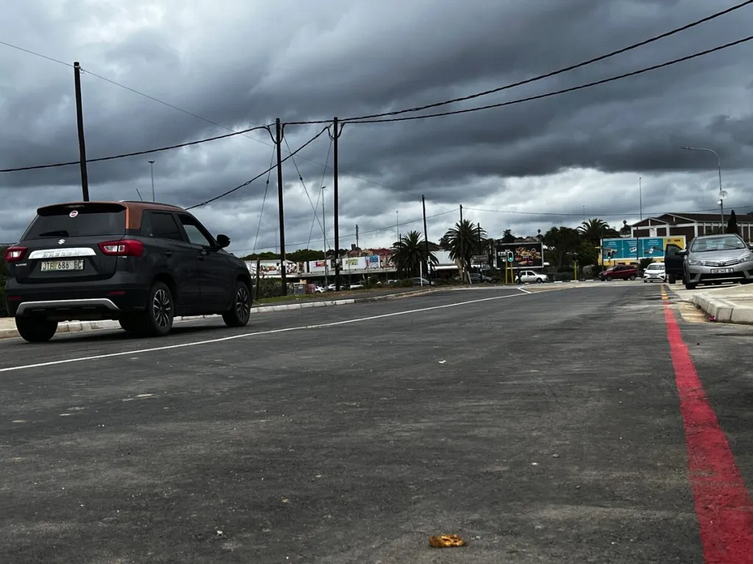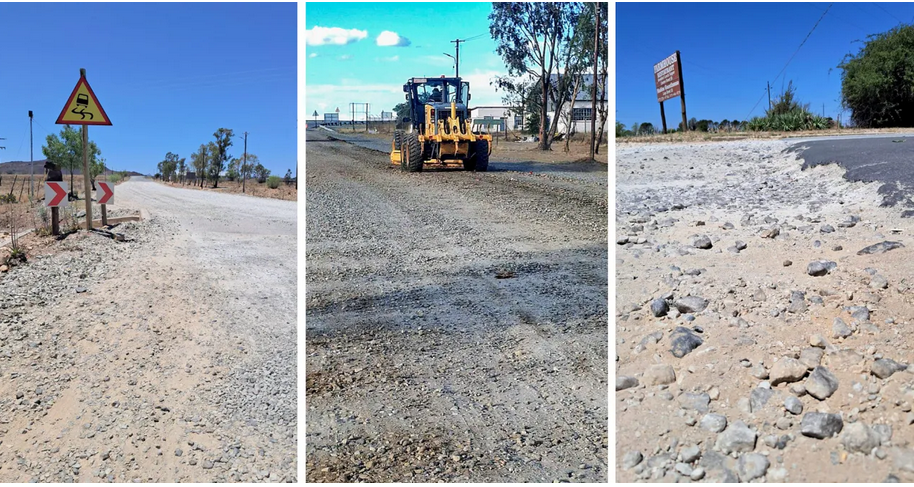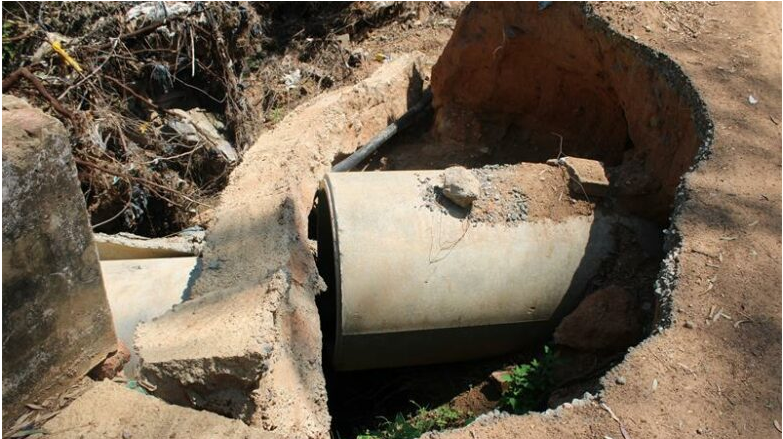South Africa’s largest wind farm raises conservation concerns

Advertising
27-06-2025
Read : 495 times
Cape Town Etc
Source
Construction has begun on what will become South Africa’s largest wind farm, a 400MW project near Swellendam that promises to boost renewable energy capacity while testing new conservation strategies to protect threatened bird species, Cape {town} Etc reports.
Developed by Red Rocket Energy, the Overberg Wind Energy Farm (WEF) will consist of 63 turbines positioned 12km west of Swellendam, bordering ecologically sensitive renosterveld and lowland fynbos.
While the project marks progress in South Africa’s shift away from fossil fuels, conservationists warn that the development could endanger several rare bird species, including the critically endangered black harrier – southern Africa’s rarest endemic raptor. There are currently fewer than 1 300 of these birds left in the wild, making them rarer than rhinos.
Balancing energy needs and wildlife protection
The Overberg Renosterveld Trust (ORT), alongside HawkWatch International and BirdLife South Africa, has been working with developers to implement mitigation measures aimed at reducing bird fatalities.
- Patterned blades will be installed on all turbines to improve bird visibility, with design guided by expert input and current research.
- Automated shutdown-on-demand (SDOD) will use AI to detect and slow or stop turbines when threatened species approach.
- Observer-led SDOD will place human monitors at turbines during daylight to trigger shutdowns when needed, especially while AI improves.
- An independent avifaunal specialist will be appointed to oversee bird safety in consultation with conservation groups.
- One turbine has been scrapped from the original plan due to its location in a high-risk area for black harriers.
- All new infrastructure will be minimal and fitted with bird flight diverters on overhead power lines.
- A carcass search programme will operate throughout the wind farm’s lifespan to track bird collisions.
- Fatalities of threatened species will be reported within 24 hours to conservation authorities.
- Annual reviews of mitigation effectiveness will guide adjustments, with extra precautions if new breeding sites are found.
‘Our data shows 11 tagged Black Harriers regularly pass through the wind farm site,’ says Dr Odette Curtis-Scott, CEO and founder of the ORT. With fewer than 1 300 black harriers left in the wild, the stakes are high. Other vulnerable species, such as Denham’s bustard, blue crane and Verreaux’s eagle, also frequent the area.
Cape {town} Etc Discount Alert!
Unlock Cape Town’s best experiences for half the price! From unforgettable adventures to hidden gems and mouthwatering restaurants, these limited-time deals won’t last long. Snag your discount before they’re gone!
A test case for future wind farms
The success of these measures remains uncertain. AI-driven shutdown systems are still in early stages, particularly for smaller raptors like harriers. Human observers will monitor turbines full-time for the first year, with adjustments made based on real-world data.
‘When the initial studies for the wind farm were done, we didn’t know what we know now,’ admits Curtis-Scott. ‘The challenge has been finding ways to minimise this footprint as much as possible. This is only possible if developers and conservationists work together and consult accurate and up-to-date data.’
Beyond birds, concerns linger over insect populations. Studies suggest turbines kill millions of insects annually, potentially disrupting local ecosystems. The long-term ecological impact remains poorly understood.
A hopeful yet cautious outlook
While the ORT acknowledges the necessity of renewable energy, Curtis-Scott stresses that future developments should avoid critical habitats.
‘These measures do not account for other more subtle impacts, such as the displacement of animals from the localised environment or the killing of insects which are critical parts of the already broken lowland ecosystems of the Overberg,’ Scott says.
For now, the focus is on transparency and adaptive management. The wind farm’s impact will be reviewed annually, with conservationists and developers working together to refine strategies.
‘Only time will tell whether these new measures are effective enough,’ says Curtis-Scott. ‘We will all learn from this together, find what works best, and see where there are still gaps.’
As the Overberg Wind Energy Farm takes shape, South Africa finds itself at a crossroads, one where the urgent need for clean energy collides with the fragile existence of endangered species. The project’s success hinges not just on its ability to power homes but on whether innovation and vigilance can truly safeguard biodiversity.
Conservationists acknowledge that renewable energy is essential, but they argue that location and mitigation strategies must evolve. If this wind farm proves that industry and ecology can coexist, it could redefine the concept of sustainable development.
If it fails, the cost will be measured in vanishing species and disrupted ecosystems, losses no amount of clean energy can undo.
The coming years will reveal whether this project becomes a model for responsible energy expansion or a cautionary tale. For now, the hope remains that progress does not come at the price of extinction.
Recent News
Here are recent news articles from the Building and Construction Industry.
Have you signed up for your free copy yet?









